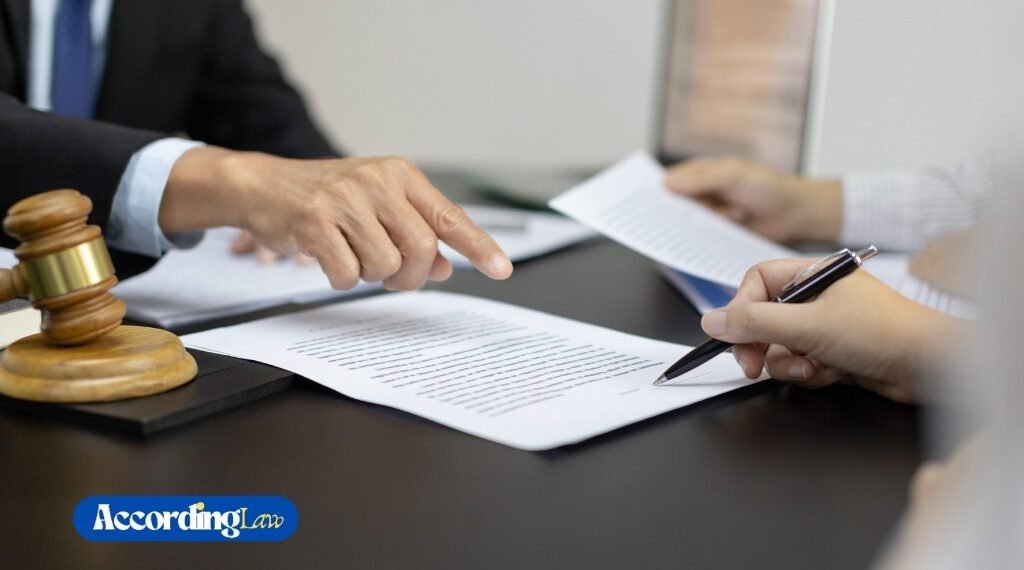Establishing fault in a car crash case is important for a few reasons. In Richmond, Virginia, determining liability in vehicle accidents involves navigating the state’s contributory negligence system, one of the strictest in the nation. According to the Virginia Department of Motor Vehicles, the Richmond metro area reports over 122,434 traffic crashes annually, with approximately 37,550 resulting in injuries. The Virginia Supreme Court data shows that fault determination is particularly critical in Virginia, as the state follows a pure contributory negligence rule, meaning that if a plaintiff is found even 1% at fault, they may be barred from recovering any damages—making accurate fault assessment essential for victims seeking compensation.
It is a procedure that looks at different legal principles and how they may apply to the facts of an incident. If you’ve been involved in a collision and need help understanding fault determination and protecting your rights, a car accident lawyer serving Richmond can provide the legal guidance necessary to navigate Virginia’s complex liability laws. In this post, we address the question of how fault is determined in a car accident and provide you with insight into how the legal system calculates fault.
Table of Contents
Understanding Fault in Car Accidents
Many times, fault is determined based on negligence. Negligence is a form of improper action that refers to a lack of reasonable care, which results in damage or injury. For example, in car accidents, a driver may be negligent if his or her behavior violated traffic laws or was otherwise a behavior that a reasonable person would avoid.
The Role of Police Reports
Police reports can be an important factor when determining fault. Scene officers collect evidence, interview witnesses, and document it all. Since these records cannot actually assign blame, they are useful to aid insurance companies and courts in the decisions that they make.
Traffic Laws and Regulations
Traffic regulations are vital when it comes to determining liability. Examples of infractions like speeding, running through a red light, or not using a turn signal can all be indicative of negligence. According to Cornell Law School’s Legal Information Institute, violations of traffic laws can serve as evidence of negligence per se in personal injury cases. Another factor that can give a clue as to the responsible party is any breaking of traffic laws, which will be investigated by legal authorities.
Witness Statements
The witnesses saw the accident happen and can clarify the details. The statements they give can support or contradict the stories told by the participants. Consistency in the testimonies of witnesses can make a faulty case even stronger, especially if the witness statements align with other evidence.
Insurance Company Evaluations
Insurance companies perform their own investigation to see who is at fault. They look over police reports, witness statements, and any video footage. They are looking to assign liability so that they can pay the claim and move on, and while their determinations could be wrong (and often are) under the law, that doesn’t make their determinations legally binding.
Comparative and Contributory Negligence
Various legal doctrines govern fault, including comparative or contributory negligence. Comparative negligence divides blame among the parties based on how much each individual was responsible. On the other side, contributory negligence can bar recovery, even when the injured party is only mildly at fault.
The Influence of Accident Reconstruction
During these investigations, experts study the crash site to try and piece together the events leading up to a crash. They take a scientific approach in analyzing the speed and position of vehicles, as well as the road. This can help diffuse tensions in complicated cases where fault is contested.
The Role of Technology
Determining fault is relying more and more on technology. Dashcams and surveillance footage provide real-time evidence of an accident. Also, data from vehicle systems can indicate speed, brakes, and other vital actions leading up to a crash.
Legal Proceedings and Fault
Sometimes it is the case that a quick settlement cannot suffice, and formal legal proceedings must ultimately resolve who is to blame. Experts, legal systems, and courts rely on all evidence available to reach a conclusion, such as expert testimony and physical evidence. In the end, whether it be a judge or a jury, the preponderance of the evidence makes the decision.
Common Misconceptions
There are several myths about fault in a car accident. Some think that rear-end collisions always presume the driver behind is at fault. It may be a general truth, but no two cases are alike, and multiple factors can determine the result. When you understand the nuances, you can better set expectations.
Preventive Measures
Identifying blame is important, but it is even smarter to prevent accidents in the first place. Following traffic laws, being vigilant, and regular maintenance on vehicles can prevent accidents. If drivers know what the most common causes are, they can avoid them better.
Conclusion
Regardless of whether you or a loved one has experienced a car accident or if you have a vested interest in how these things are handled, it is crucial to understand how fault is determined in crashes. Through the influence of negligence factors, police reports, and legal doctrines, people can deal more effectively with these events. At the end of it all, knowledge and awareness can lead to more informed choices for safer roads.


